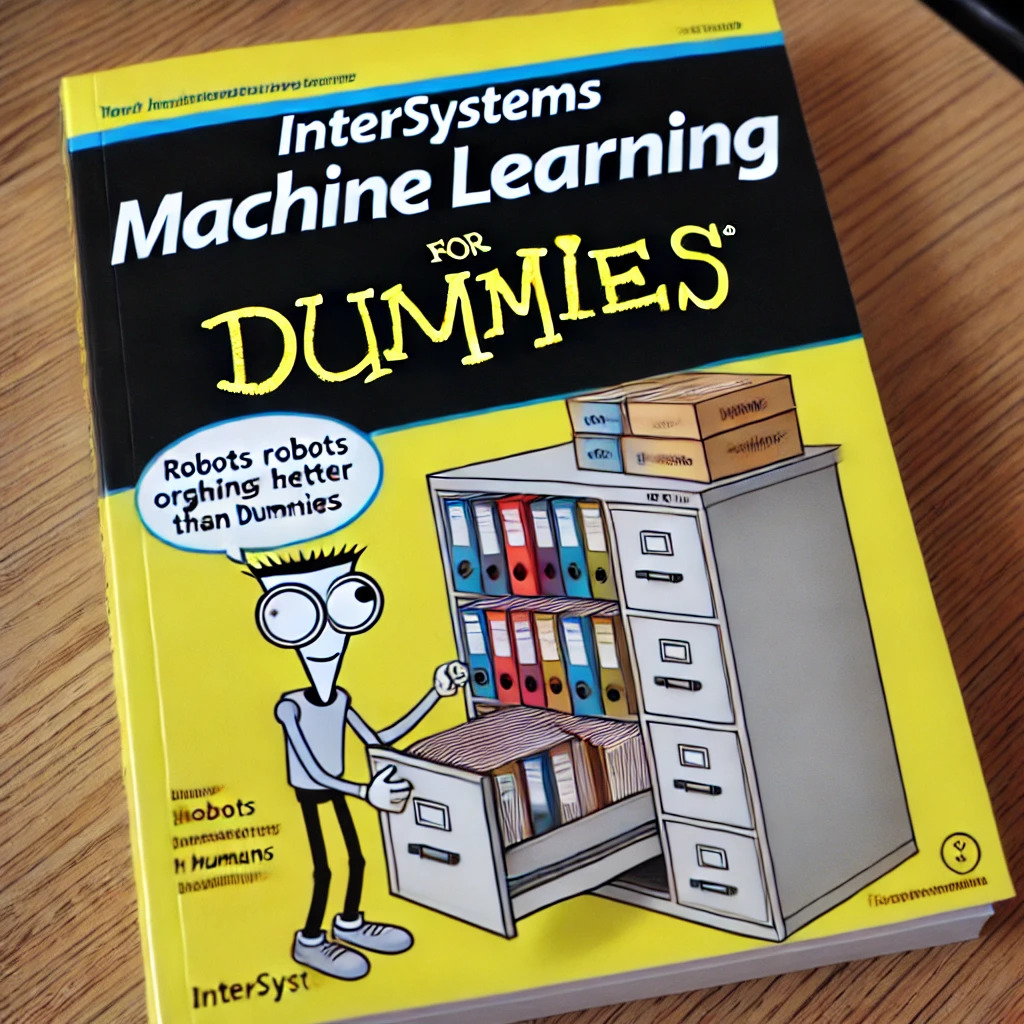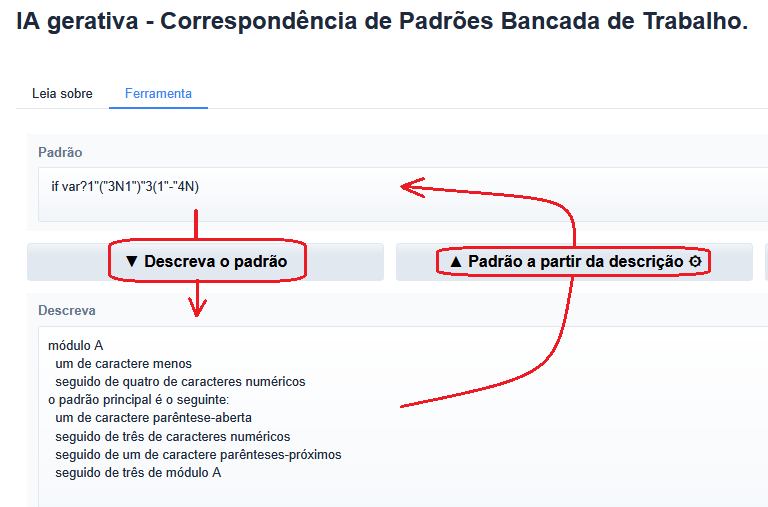This series of articles would cover Python Gateway for InterSystems Data Platforms. Execute Python code and more from InterSystems IRIS. This project brings you the power of Python right into your InterSystems IRIS environment:
- Execute arbitrary Python code
- Seamlessly transfer data from InterSystems IRIS into Python
- Build intelligent Interoperability business processes with Python Interoperability Adapter
- Save, examine, modify and restore Python context from InterSystems IRIS
Other articles
The plan for the series so far (subject to change).
- Part I: Overview, Landscape, and Introduction
- Part II: Installation and Troubleshooting
- Part III: Basic functionality
- Part IV: Interoperability Adapter
- Part V: Execute function
- Part VI: Jupyter Notebook <-- you're here
- Part VII: Dynamic Gateway
- Part VIII: Proxy Gateway
- Part IX: Use cases and ML Toolkit
Intro
The Jupyter Notebook is an open-source web application that allows you to create and share documents that contain live code, equations, visualizations and narrative text.
This extension allows you to browse and edit InterSystems IRIS BPL processes as jupyter notebooks.

.png)
.png)
.png)

.png)


